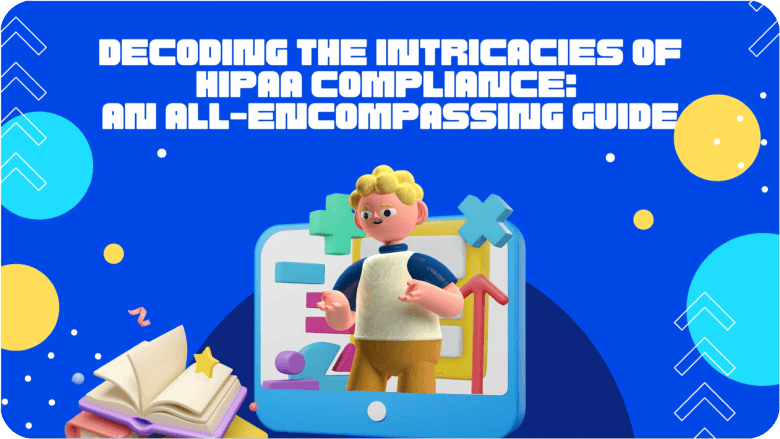

HIPAA is a U.S. federal law aimed at safeguarding the privacy and security of individuals' health information. It sets standards for preserving sensitive patient data and applies to covered entities such as healthcare providers, health plans, and healthcare clearinghouses, as well as their business associates. Non-compliance can result in hefty fines and legal ramifications.
The importance of SOC 2 compliance is paramount. It serves as a mark of trust, assuring stakeholders that your organization has robust controls in place to manage and secure data. Furthermore, SOC 2 compliance often intersects with other frameworks like ISO 27001 and HIPAA, providing a comprehensive approach to data security.
1. Privacy Rule: This rule focuses on individuals' rights to control the use and disclosure of their PHI.
2. Security Rule: This rule establishes standards for securing electronic PHI (ePHI) and outlines administrative, physical, and technical safeguards.
3. Breach Notification Rule: This mandates that covered entities must notify affected individuals and authorities in the event of a data breach.
Technology is essential in achieving and maintaining HIPAA compliance. From secure data storage solutions to advanced encryption methods, technology can automate and streamline many aspects of compliance. However, it's crucial to choose reputable vendors and continuously update your tech stack to meet evolving compliance standards.
It's important to note that there is no official "HIPAA Certification." While some third-party firms offer certification services, these do not provide legal immunity or guarantee compliance. The best approach is to engage in regular audits and assessments, either internally or through reputable third-party services.
1. Assemble a Compliance Team: Involve stakeholders from IT, legal, and other departments that handle PHI.
2. Perform a Risk Assessment: Identify vulnerabilities and threats to PHI and prioritize them based on impact.
3. Create a Compliance Plan: Align identified risks with HIPAA's security and privacy rules.
4. Implement Safeguards: This includes both technical measures like firewalls and encryption, and administrative actions like staff training.
5. Vendor Management: Ensure business associates are also HIPAA compliant and sign Business Associate Agreements (BAAs).
6. Regular Audits and Monitoring: Continuously monitor and audit your compliance status.
One of the most challenging aspects of HIPAA compliance is staying updated with regulatory changes. Amendments to the law or new interpretations can significantly impact compliance strategies. Therefore, organizations must stay informed about any modifications to HIPAA regulations. This proactive approach not only helps avoid non-compliance but also prepares the organization for future challenges in healthcare data security.
While technology and regulations are vital, the human factor cannot be overlooked. Employee training and awareness programs are essential for HIPAA compliance. Staff members who handle PHI should be well-versed in the dos and don'ts of data handling and should understand the consequences of non-compliance. Regular training sessions, workshops, and audits can ensure that the human element doesn't become the weak link in your compliance chain.
In today's interconnected world, healthcare organizations often share PHI with third-party vendors, ranging from billing services to cloud storage providers. Each of these external entities must also be HIPAA compliant to ensure end-to-end security of PHI. Therefore, third-party risk management is a crucial part of a robust HIPAA compliance program. This involves conducting regular audits of business associates and ensuring they adhere to the same stringent data protection standards as your organization.
Non-compliance with HIPAA can result in severe financial penalties, sometimes amounting to millions of dollars. However, achieving compliance also comes with costs. Investments in technology, employee training, and third-party audits are necessary expenditures that organizations must budget for. These costs should be viewed as an investment in building patient trust and safeguarding the organization's reputation.
As healthcare systems continue to evolve, especially with advancements in telehealth and AI, HIPAA compliance will need to adapt. Future iterations of the law may include more stringent requirements for data encryption, real-time monitoring, and breach notifications. Organizations must be agile and adaptive in their approach to compliance, staying one step ahead of potential risks and regulatory changes.
Maintaining HIPAA compliance is an ongoing process, not a one-time achievement. It requires a multi-faceted approach that combines technology, employee training, and robust governance policies. While the journey to full compliance may be complex, the rewards are invaluable. Not only does it protect the organization from legal repercussions, but it also serves as a symbol of trust and reliability in the eyes of patients and stakeholders alike.